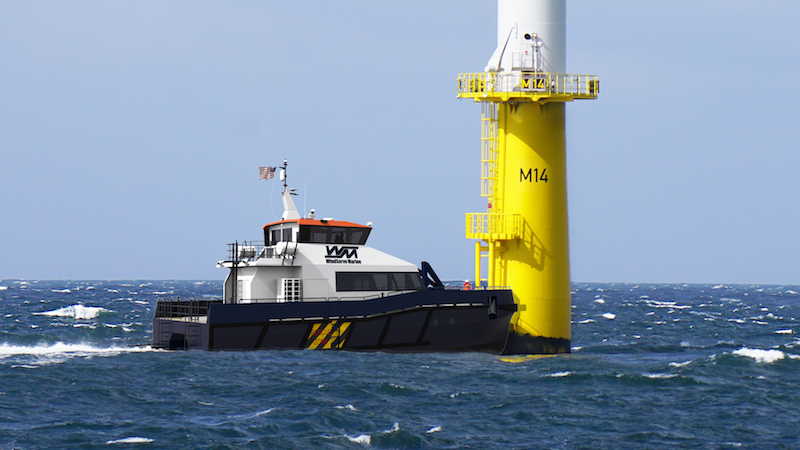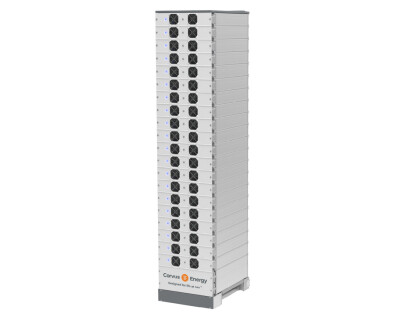A key foundation of the Biden administration’s U.S. energy transition plan is offshore wind. The plan is to install 30 gigawatts of offshore wind by 2030, necessitating $12 billion of annual investment.
The plan hopes to create “tens of thousands of good-paying, union jobs, with more than 44,000 workers employed in offshore wind by 2030 and nearly 33,000 additional jobs in communities supported by offshore wind activity,” according to the March 2021 White House fact sheet announcing the plan.
The most recent offshore wind news was the Jan. 26 announcement by the New York State Energy Research and Development Authority that it had received 100 proposals for eight new offshore wind projects from six developers in response to the state’s third offshore wind solicitation. Following evaluations, winners will be announced this spring.
These proposals are coming at a difficult time for the offshore wind industry. Developers face escalating material costs for manufacturing turbines and expensive vessels for transporting, installing, and servicing these planned wind farms. Although the economic turmoil seems extraordinary, the U.S. offshore wind business has been challenged before.
It started in 2001 when Cape Wind targeted the southern Massachusetts coastline to build up to 130 offshore wind turbines for $2.6 billion. The project died after a 14-year battle with critics and regulators, and deteriorating economics. Deepwater Wind, a developer in neighboring Rhode Island owned by a New York City hedge fund, proposed a 200-turbine project off the southern coast of Block Island in 2010. It was later scaled back to the five-turbine, 30-megawatt Block Island Wind farm that began operating in 2016.
Block Island Wind was pitched as a money saving power project for the island’s residents. The residents were dependent on diesel generators that consumed one million gals. of diesel fuel annually. With diesel prices in the $4 gal. range, the price of wind power was cheaper for the residents and environmentally friendly.
The Rhode Island Public Utilities Commission did not agree, judging the 24.5 cents per kilowatt-hour price with its guaranteed 3.5% annual escalation as uneconomic. The $245 per megawatt-hour price was agreed upon when New England wholesale power prices were under $30/MWh. The commission’s rejection energized Rhode Island legislators to rewrite the PUC rules for evaluating offshore wind projects forcing it to be approved and radically changing the ground rules for evaluating renewable energy projects.
Today, offshore wind developers confront a chaotic world marked by soaring material inflation, expensive Jones Act-compliant vessels, and rising interest rates boosting the cost of capital. These higher costs clash with electricity prices agreed to when development costs were lower. This scenario is playing out in Massachusetts where offshore wind projects are being declared “unfinanceable.” Unfortunately, the Massachusetts PUC did not agree and lectured the developer extensively.
State clean energy mandates and the federal government’s push for offshore wind have been based on the long-term trend in the declining cost of wind energy. That decline was driven by years-long oversupplies of the minerals needed in wind turbines. That surplus has ended, sending prices soaring, and setting prices back by at least five years. Having priced contracts on the assumption that these declines would continue, equipment manufacturers are seeing substantial losses. They are adjusting their businesses by shutting down plants, cutting jobs, and raising prices, ensuring higher costs and less capacity. How developers deal with the cost squeeze will reverberate throughout the offshore wind business.
There are valid reasons for an offshore wind boom. The problem is with the economic assumptions underlying the boom. They were embraced as the energy and economic worlds were changing. Offshore wind economics must adjust to this new reality, but ratepayers face even more expensive intermittent power costs.
This may be a watershed year for the offshore wind industry and whether the boom envisioned two years ago is realized.





[5] copy.png.small.400x400.png)